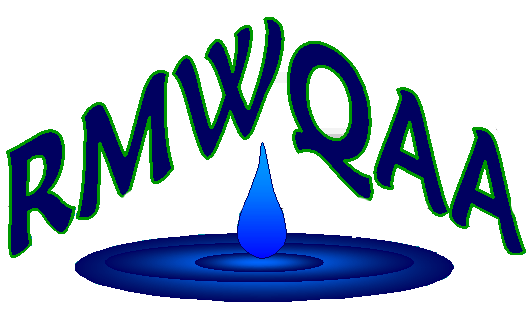September 8, 2016
Lead and Copper Year
In 2016 the summer Olympics were held in Rio. On the Chinese calendar, 2016 is the year of the monkey. In the United States, 2016 is a presidential election year. Here in Aurora, it is the year of lead and copper.
Here in the drinking water world some of our regulations are different than in the waste water world. We are required to monitor the distribution system for lead and copper levels in the water. The frequency of this monitoring varies with each utility based on the monitoring plan established by the governing body, in our case the Colorado Department of Public Health and the Environment.
The sampling is regulated by the lead and copper rule. A common source of lead and copper is the pipes in the home. Some older homes have lead service lines or copper pipes with lead solder. Water being a great dissolver, can leach these metals from pipes. A number of water quality parameters can be controlled to prevent leaching of metals from the pipes into the water. One tool that can be used is the Langolier Index. Based on a formula, this number takes into consideration water quality factors, such as pH, alkalinity, and hardness to determine the likelihood of the water corroding the pipes and leaching metals into the water.
This year Aurora Water is conducting a lead and copper study. After what happened in Michigan, this is a hot topic, and water customers are significantly more aware of the quality of their water. This awareness motivates more customers to participate in the study.
In previous years it was a challenge to obtain the 50 samples without repeated customer contacts. This year is different, the response has been great. In our third week, we had almost received all of the required samples.
The study involves a few steps:
· Notify customers – We send a letter notifying the customers on the pool list that we are conducting a lead and copper study and request their participation. The majority of the samples are collected in July but we are flexible with the customers as long as the collection is within our study window.
· Deliver bottles and instructions – This is time consuming and labor intensive. A bottle is delivered to each home and placed in a secure but visible place. The instructions for filling the bottle are included on a chain of custody form that the sampler must sign and write in the date and time the sample was taken.
· Sampling – We are required to maintain a pool of at least 100 homes and we have to receive a minimum of 50 samples back for analysis. The sample has to be a first draw sample, after the water has been sitting in the pipes for at least 6 hours. This is the reason the customers take their own samples. This year many of our regular participants have moved so we have reached out to the new customers to make sure they understand the process so that the samples are taken correctly.
· Collect bottles – Once the sample is collected the customer will call and let us know. We will have any employees in the area pick-up the sample and bring it back to the lab.
· Analyze samples – The samples will be analyzed for turbidity, lead, and copper. The turbidity is taken when the sample is received in the lab. If the turbidity is greater than 1 the sample has to be digested prior to analysis. The sample is preserved with nitric acid and held at room temperature until it is analyzed.
· Notify customers of results – Once the results are peer reviewed and QC checked the customers are notified of the results from the water tested from their at their home.
· Report results to the state – Once all of the sample are analyzed the results are compiled and reported to the state health department
The action level for lead is 0.015 mg/L and copper is 1.3 mg/L. Results at this level are not an automatic violation. The results are ranked in order from smallest to largest. If the 90th percentile is above the action level that is referred to as an action level exceedance. Exceedances will result in increased monitoring frequencies. Corrosion studies may also be mandated.
Customers will be anticipating the results of the analysis of the water in their homes. As our study concludes this month, we are hopeful that 2016 will not turn into the year of routine monitoring for lead and copper.
Adele Rucker is the metals analyst for Aurora's Water Quality Control Laboratory.
 Welcome to the
RMWQAA Website!
Welcome to the
RMWQAA Website!  Welcome to the
RMWQAA Website!
Welcome to the
RMWQAA Website!